Germinate Tamarind Seeds
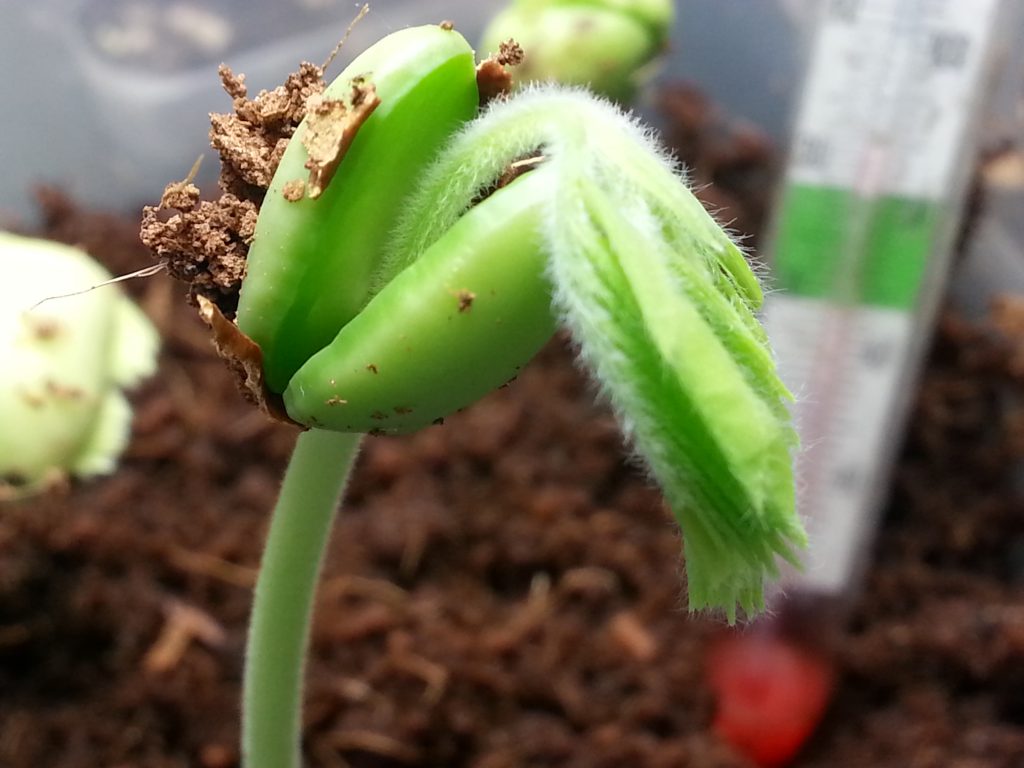
Tamarind Trees(Tamarindus Indica) are attractive trees, with interesting leaf structures. They make great bonsai specimens, and add interest by being nyctinastic. What is a nyctinastic plant? Basically, they fold leaves downwards with the changes in light, environmental factors, and physical stress.
Tamarind seeds aren’t necessarily difficult to germinate, and they don’t necessarily need a “How To Germinate Tamarind Seeds” article per se, but without special treatment you can wait a long time for Tamarind seeds to germinate. Typical germination can take months. The longer a seed sits in soil, the greater the chance it will rot or become the victim of a pest. Natural germination can be unpredictable, so we help things along.
Our germination method can reduce the process to less than two weeks, and provide some quick gratification. We like that, and often times its not something we get from a garden.
Seed Preparation
To speed the process and improve germination rates, scald the the seeds by pouring hot water over them. We mean Hot!, as in water that has been brought up to temperatures just shy of a boil. Let the seeds soak in a small amount of the hot water(less than 4 ounces), until the water is room temperature again. The outer seed coat should soften and a layer begin to slough off. This may not be immediately apparent, and will require repeat treatments.
Repeat the process a few more times until a sublayer of seed has been exposed, or can easily be exposed by removing the seed coat with your fingers. Using an electric tea kettle greatly speeds the process. Caution should be taken not to scald a seed that has no seed coat, or one that can easily be removed, or you will effectively cook and sterilize seed.
Let the seeds, clean of seed coats, sit in a final soak of room temperature water. The soak should only last a few hours, growth hormones, Superthrive, or other seed treatments can be added for this final soak.
Prepare your Planting media
For Tamarind seeds we used a pure coco fiber mix. Simply add warm water, mix until the coco fiber is saturated. Squeeze additional water from the coco so it becomes a little ‘fluffy’. Some coco fiber requires rinsing to remove salts. Read your coco fiber packaging to see if it recommends rinsing to leach out salts. Too help with aeration, and prevent over watering, use coco coir blended with perlite, instead of pure coco fiber.
Sowing Seeds
Select a deep, clear container, such as the ones used for soups when you order take out food. Fill the container at least 3 1/2 inches deep with the coco fiber we previously prepared. The clear pots allow us to easily monitor how much moisture is in the container, and lets us know when to add water or let vent more completely.
Gently poke one or two holes per pot, and place a seed on its side, in each hole. Leave seeds about a minimum of one inch apart. To prevent molds responsible for seed rot from spreading to other seeds. Cover the seeds with 1/4 inch of coco coir fiber. Mist pots from above, then cover, with the lid slightly cracked.
Germinate
Our containers are placed in the GERMINATION CHAMBER. It sounds more awesome when you say GERMINATION CHAMBER, but its really just a small terrarium with a vented clear lid. A seed starting tray, with a vented cover, placed on a heat mat, with an overhead daylight fluorescent light bulb(5700k+) would work just fine.
If you don’t have a good fluorescent light, diffused light from a window should work okay. The GERMINATION CHAMBER is the most effective, way to germinate any small tropical seeds.
Continued Care
Coco coir can retain a lot of moisture, and provides a great environment for seed germination, but also for mold and seed rot. So forget being patient, gently take a peak everyday at your seeds, and remove any seeds that look like they are molding.
Seeds that are viable will stay light colored, a radical(main root) should emerge and turn downwards, and the sprouted seed will start a greening process. The radical will eventually lift the seed, and the cotyledon(primary leaves) will emerge.
Prevent over watering or keeping coco coir too moist as your seedlings grow to prevent damping off. Coco coir blended with perlite will help prevent overwatering, but is still void of nutrients. Its a good idea to use a very dilute water soluble fertilizer with a fairly even blend of nutrients, and plenty of micronutrients, during an occasional watering. Fertilizer should be done with discretion.
Tags: diy, germinate, heat mat, How To, seed starting, tamarind, tamarind seedling Comments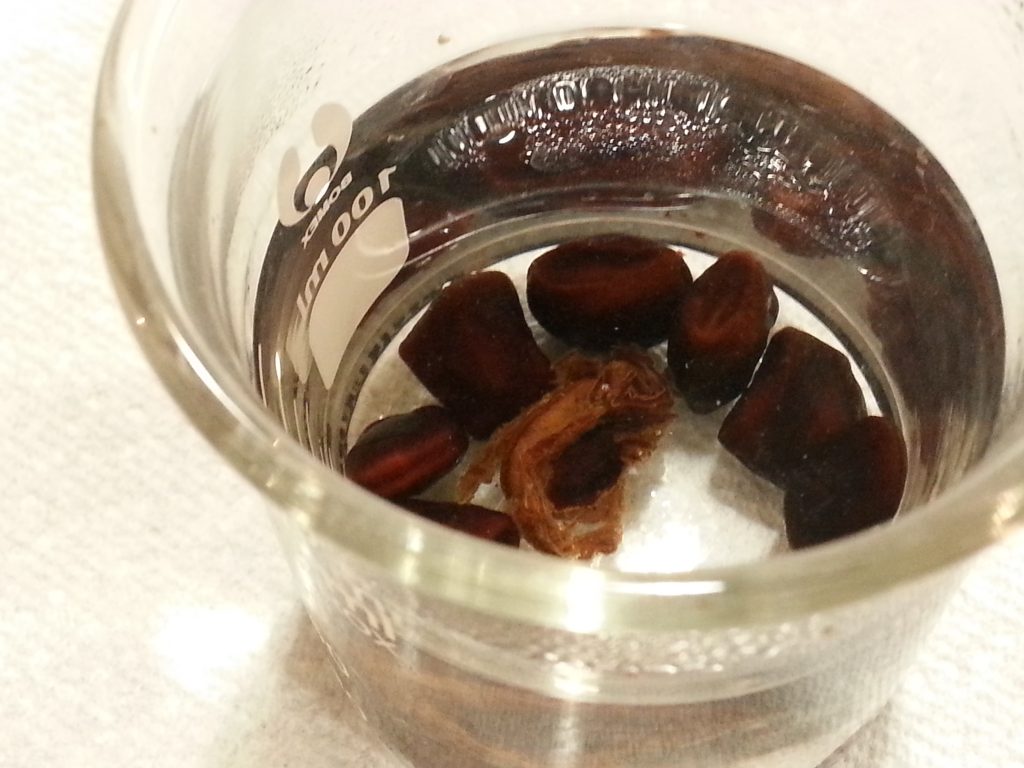
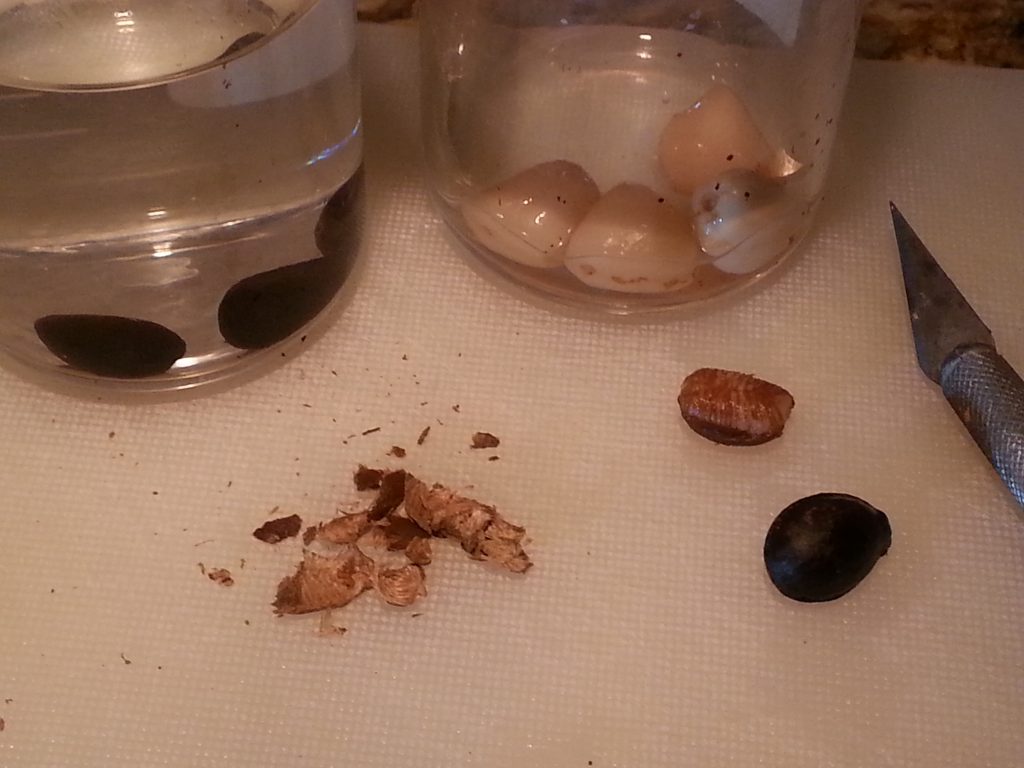
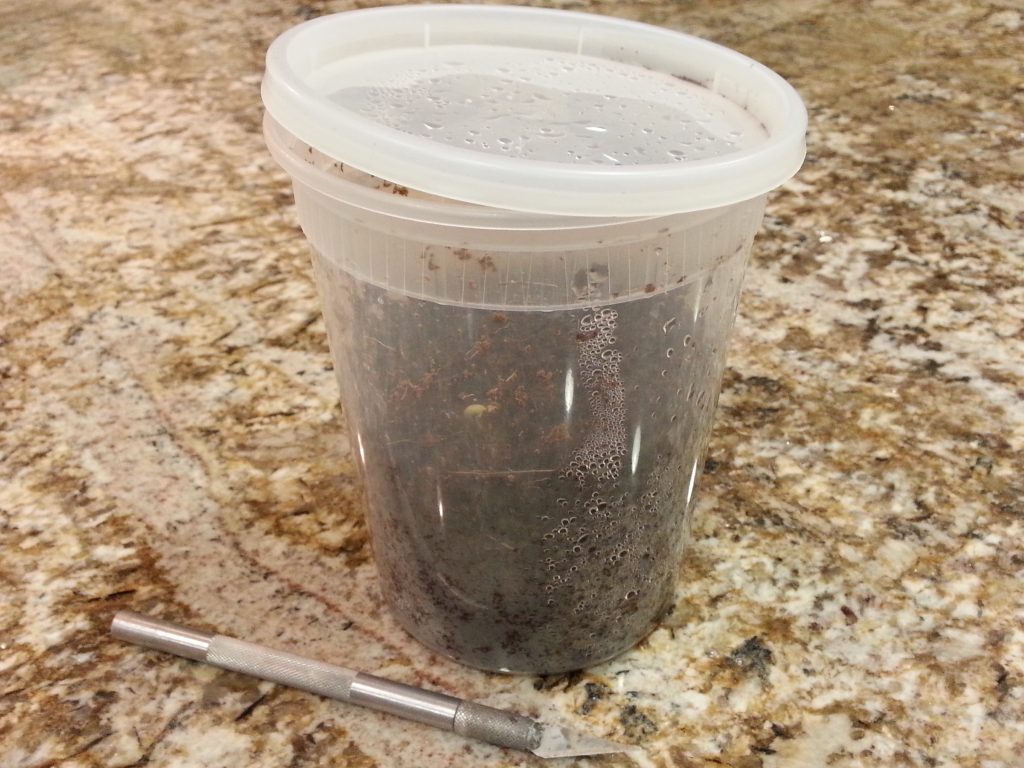
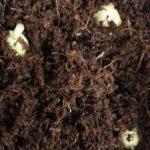
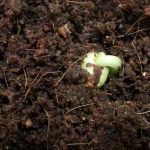
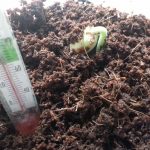
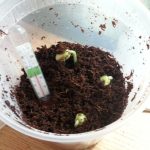
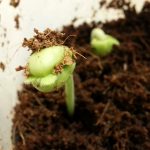
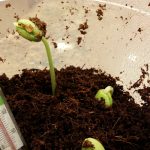
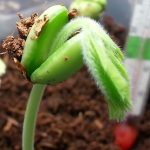
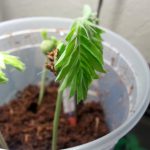

Does this species include Sweet Tamarinds?
I grew them once and they look nothing like the pictures online (but I can verify that they were tamarind seeds).